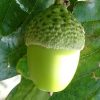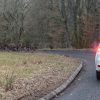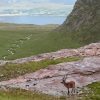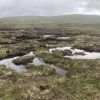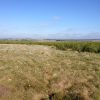One of our active projects involves measuring rates of surface erosion on a bare peat flat in the Highlands. We are using modified version of Gerlach Troughs for this work, and re-visited them for the first time recently to quantify the flux of peat sediment. We were amazed to see how much peat had washed off the surface, so much in fact that they exceeded the design limit we had…
Mel MarchbankNovember 27, 2014

